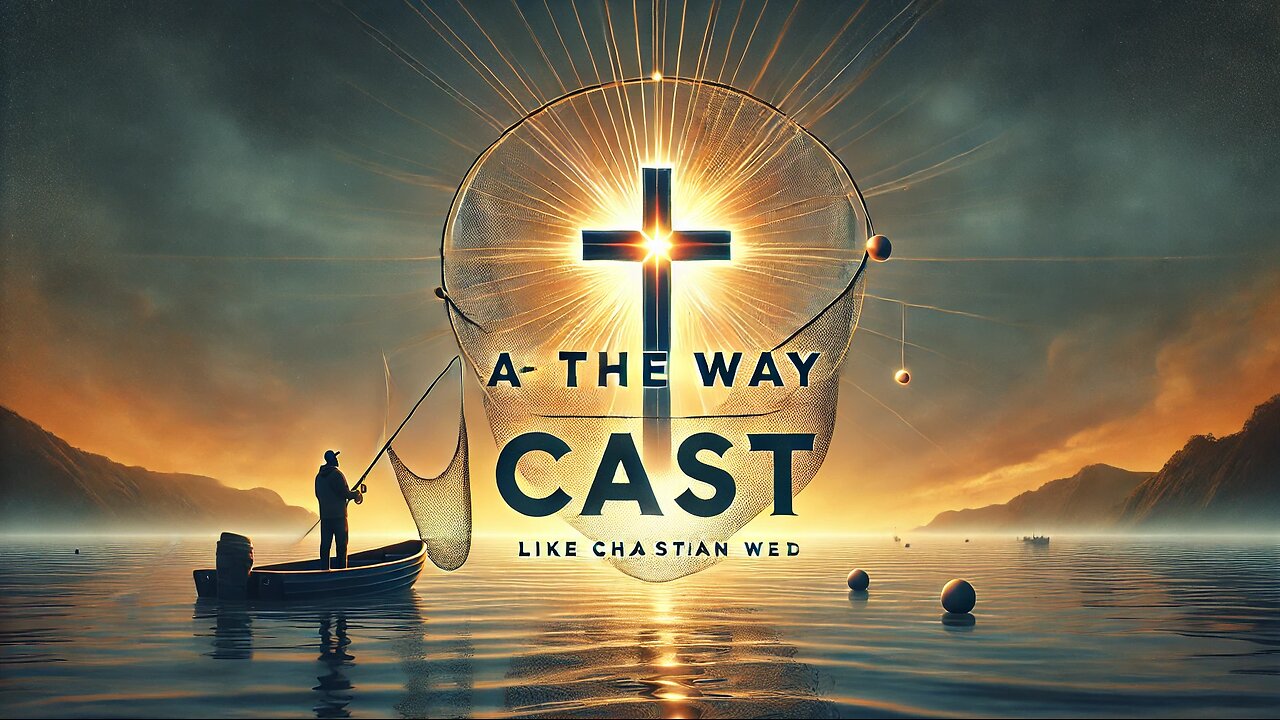Premium Only Content

Revelation Intro God in control Origination Four Interpretations Premillenialism Six Features
E
REVELATION
Revelation
N O T E S & O U T L I N E S W I T H
P R O P H E C Y
NEW TESTAMENT
JUDE
REVELATION
Revelation
WRITER: John the apostle
DATE: About a.d. 95
THEORIES OF INTERPRETATION: There have been many approaches to
this book, but these can be divided into four major systems (Broa-
dus lists seven theories of interpretation; Tragelles lists three):
1
2
3
PRETERIST THEORY: All of Revelation has been fulfilled in the
past. It had to do with local references in John’s day. It
had to do with the days of either Nero or Domitian. The
view was held by Renan and most German scholars, also
by Elliott.
HISTORICAL THEORY: Fulfillment of Revelation is going on
in history, and Revelation is the prophetic history of the
church, according to this theory.
HISTORICAL-SPIRITUAL THEORY: This theory is a refinement
of the historical theory and was advanced by Sir William
Ramsay. It states that the two beasts are Imperial and Pro-
vincial Rome. The point of the book is to encourage Chris-
tians. According to this theory, Revelation has been largely
THRU the BIBLE NOTES & OUTLINES | 1
4
fulfilled and there are spiritual lessons for the church to-
day. Amillennialism, for the most part, has adopted this
view. It dissipates and defeats the purpose of the book.
FUTURIST THEORY: This theory holds that the book of Revelation
is primarily prophetic and yet future, especially from Revela-
tion 4 on to the end of the book. This is the view of all pre-
millennialists and is the view which we accept and present.
STRIKING FEATURES:
•
•
•
•
•
•
It is the only prophetic book in the New Testament (in con-
trast to 17 prophetic books in the Old Testament).
John, the writer, reaches farther back into eternity past than
any other writer in Scripture (John 1:1-3). He reaches farther
on into eternity future in the book of Revelation.
Special blessing is promised the readers of this book
(Revelation 1:3). Likewise, a warning is issued to those who
tamper with its contents (Revelation 22:18, 19).
Revelation is not a sealed book (Revelation 22:10). Contrast Dan-
iel 12:9. It is a revelation (apocalypse), which is an unveiling.
It is a series of visions, expressed in symbols.
This book is like a great Union Station where the great trunk lines
of prophecy come in from other portions of Scripture. Revelation
does not originate but consummates. It is imperative to a right
understanding of the book to be able to trace each great subject
of prophecy from the first reference to the terminal. At least ten
great subjects of prophecy find their consummation here:
1 – The Lord Jesus Christ (Genesis 3:15)
2 – The church (Matthew 16:18)
3 – The resurrection and translation of saints
(1 Thessalonians 4:13-18; 1 Corinthians 15:51, 52)
4 – The Great Tribulation (Deuteronomy 4:30, 31)
5 – Satan and evil (Ezekiel 28:11-18)
6 – The “man of sin” (Ezekiel 28:1-10)
7 – The course and end of apostate Christendom (Daniel 2:31-45; Matthew 13)
8 – The beginning, course, and end of the “times of the Gentiles” (Daniel 2:37; Luke 1:24)
9 – The second coming of Christ (Jude 14, 15)
10 – Israel’s covenants (Genesis 12:1-3), five things promised Israel
THRU the BIBLE NOTES & OUTLINES | 2
KEY VERSES:
I am he that liveth, and was dead; and, behold, I am alive for
evermore, Amen; and have the keys of hades [hell] and of death.
Write the things which thou hast seen, and the things which are,
and the things which shall be hereafter. (Revelation 1:18, 19)
THRU the BIBLE NOTES & OUTLINES | 3
OUTLINE:
I. The PERSON of Jesus Christ—Christ in glory, Chapter 1
A. Title of the book, v. 1
B. Method of revelation, v. 2
C. Beatitude of Bible study, v. 3
D. Greetings from John the writer, and from Jesus Christ in heaven, vv. 4-8
E. The post-incarnate Christ in a glorified body, judging His church
(the great High Priest in the Holy of Holies), vv. 9-18
F. Time division of the contents of the apocalypse, v. 19
G. Interpretation of the seven stars and seven lampstands, v. 20
-
 1:12:37
1:12:37
vivafrei
3 hours agoTexas A.G, Sues J&J over Autism Claims! VIva Goes Honeybadger on Liberals! Hasan Piker & MORE!
79.8K27 -
 3:19:22
3:19:22
Barry Cunningham
3 hours agoPresident Trump Talks China | Mike Johnson Shutdown Day 30 | Reacting To JD Vance Questions At TPUSA
13.8K4 -
 LIVE
LIVE
LFA TV
20 hours agoLIVE & BREAKING NEWS! | THURSDAY 10/30/25
1,180 watching -
 14:54
14:54
The Kevin Trudeau Show Limitless
1 day agoThe Hidden Force Running Your Life
30.5K6 -
 LIVE
LIVE
freecastle
5 hours agoTAKE UP YOUR CROSS- Do not be deceived: 'Bad company ruins good morals.
97 watching -
 LIVE
LIVE
The HotSeat
2 hours agoWatching Them Implode.....Fun To Watch!!!
255 watching -
 LIVE
LIVE
Owen Shroyer
1 hour agoOwen Report - 10-30-2025 - Trump Threatens To Bring Back Nuclear Bomb Testing
1,194 watching -
![[Ep 781] Arctic Treason – Smith, Boasberg, Deep State Coup | TPUSA Revival! | Joe Autopen](https://1a-1791.com/video/fww1/98/s8/1/E/H/c/v/EHcvz.0kob.1-small-Ep-781-Arctic-Treason-Smith.jpg) LIVE
LIVE
The Nunn Report - w/ Dan Nunn
3 hours ago[Ep 781] Arctic Treason – Smith, Boasberg, Deep State Coup | TPUSA Revival! | Joe Autopen
184 watching -
 1:05:14
1:05:14
The Quartering
3 hours agoSocial Order Has Collapsed
93.6K22 -
 1:12:11
1:12:11
DeVory Darkins
5 hours agoKamala STUNNED after brutal question from reporter as Trump DOMINATES CHINA MEETING
118K90